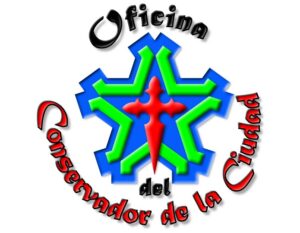According to the information offered by the City Conservator’s Office (OCC), one of these routes will make the Monument to the Runaway Slave more accessible, the sculpture group by Alberto Lescay that from the top of Cerro del Cardenillo sends an eternal signal of condemnation to slavery.
The other will facilitate road communication with the central highway and the nearby Ambrosio Grillo General Hospital, one of the main hospitals in the province and with a special role during the confrontation with Covid-19.
Both stretches of the highway, which will have countervalue resources and funds from the Italo-Latinamerican Institute, are added to the works of the OCC in the settlement, where they worked on the headquarters of the Steel Band, in Agustín Cebreco square, several houses and areas of the historical Center.
In recent years, in El Cobre they started two small hotels that make it possible to host the hundreds of people who come to the place from the most diverse points of Cuban geography and abroad, attracted by the magnetism of a very special place.
The Sanctuary of the Virgen de la Caridad, Patron Saint of Cubans, is the epicenter of that fascination that brings together pledge payers and other faithful and interested parties.
The main copper deposit on the Island was here since the 16th century until its closure in 2001, in addition to being the point where the first waves of slaves arrived in 1519 and where their first uprisings also took place.
Declared a National Monument, its attributes could be evaluated for its inclusion in the World Heritage list, an aspiration of the authorities of the OCC and the municipality, as well as its inhabitants.
The celebration of the 400th anniversary of the discovery of the Virgin of the Charity in the Bay of Nipe and the visits of Popes Benedict XVI and Francisco have enhanced the notoriety of the town, whose location between the mountains of the Sierra Maestra also gives it a special natural beauty.
ef/mem/mca









